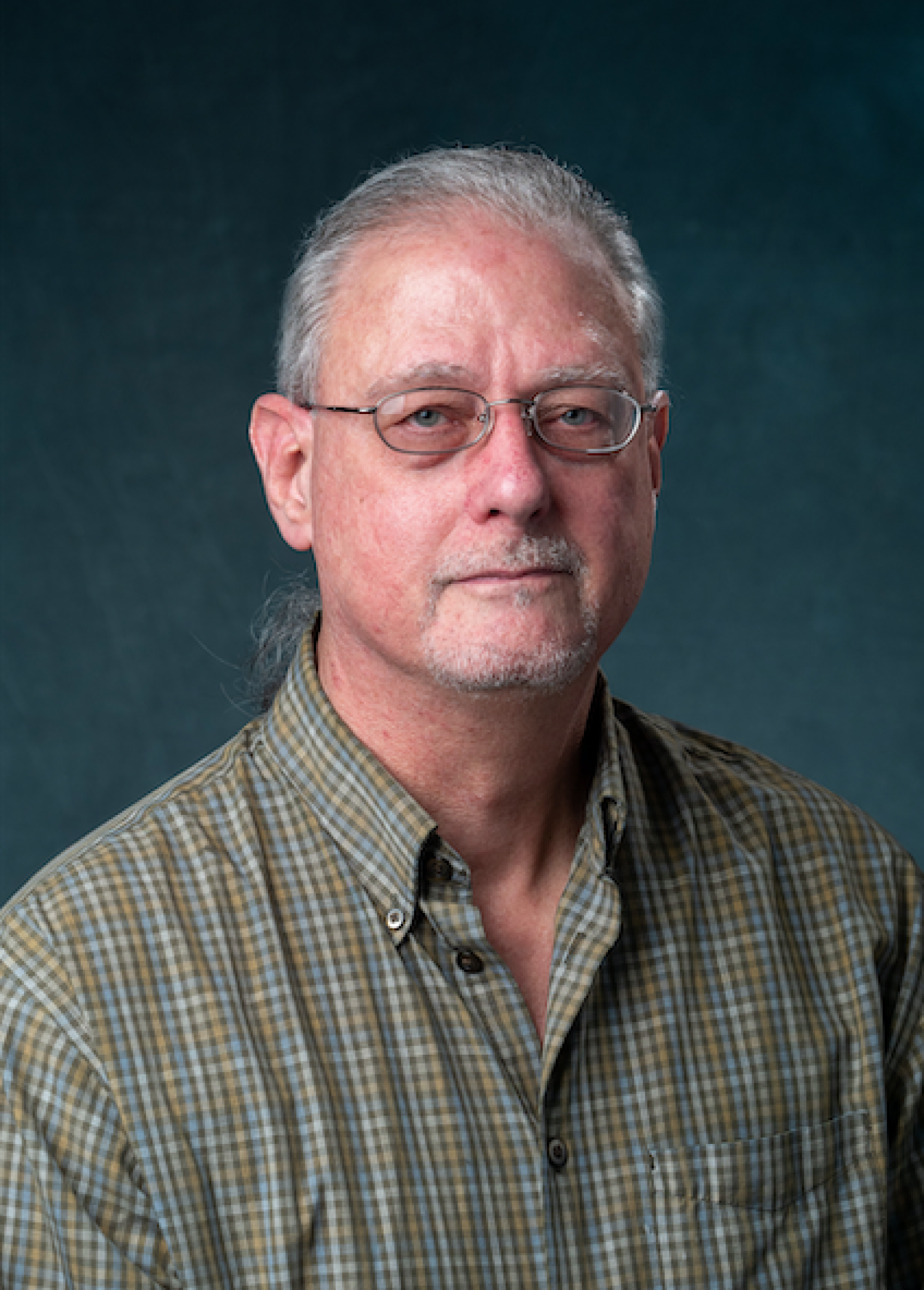Guy Stringfellow
- Retired Research Faculty
- ASTROPHYSICS
Guy Stringfellow spent 22+ years at CU before retiring, having performed independent self-funded research in Stellar Astrophysics. He also served as Program Director for 4+ years at NASA Headquarters for Astrophysics grant programs, and was NASA Program Scientist for many of the missions in development and operation. These included the Spitzer Space Telescope, the Stratospheric Observatory for Infrared Astronomy (SOFIA), the Wilkinson Microwave Anisotropy Probe (WMAP), Gravity Probe-b, and the ESA led missions Planck and Herschel Space Observatory, amongst others. He remains quite active since retirement and is involved in several major international collaborations. He is currently PI of a 3-year 42-night NSF NOIRLab Survey observing program using the SOAR telescope entitled A Near-Infrared Spectral Extension to the MaStar Optical Spectral Stellar Library to be used in stellar population modeling of stellar clusters and galaxies. He is a core team member of the DECam Local Volume Exploration (DELVE) Survey program (https://delve-survey.github.io/) utilizing the Dark Energy Camera deployed on the 4m Blanco telescope in Chile performing deep optical imaging of the entire high-Galactic-latitude sky. DELVE seeks to understand the faintest and most dark-matter-dominated galaxies, and our team is discovering many new local group dwarf galaxies and performing optical spectroscopic follow-up of their constituent stars to measure their metallicities, elemental abundances, and kinematics. A new venture recently initiated is the 54-night Mapping the Ancient Galaxy in CaHK (MAGIC) Survey to discover and study the most metal-poor stars in the Milky Way halo, star clusters, and local group dwarf galaxies. We are using many large ground-based telescopes (e.g., Gemini, Keck, Magellan) to follow-up these stars using medium-to-high optical resolution spectroscopy. He continues to pursue individual research efforts in stellar astrophysics, with a special interest in investigating time-domain physical processes such as accretion outbursts in young stellar objects, and supernovae and novae explosions. He currently serves as convener for the Thirty Meter Telescope (TMT) International Science Development Team for Time Domain science that has contributed to the TMT Science Requirements Document that guides science-driven requirements for telescope and instrument performance characteristics and rapid response capabilities during TMT project development. He actively serves on observatory time allocation committees, and has co-authored 4 published refereed papers thus far in 2025 (with 7 additional papers currently undergoing review), 16 published in 2024, and 12 published in 2023.


